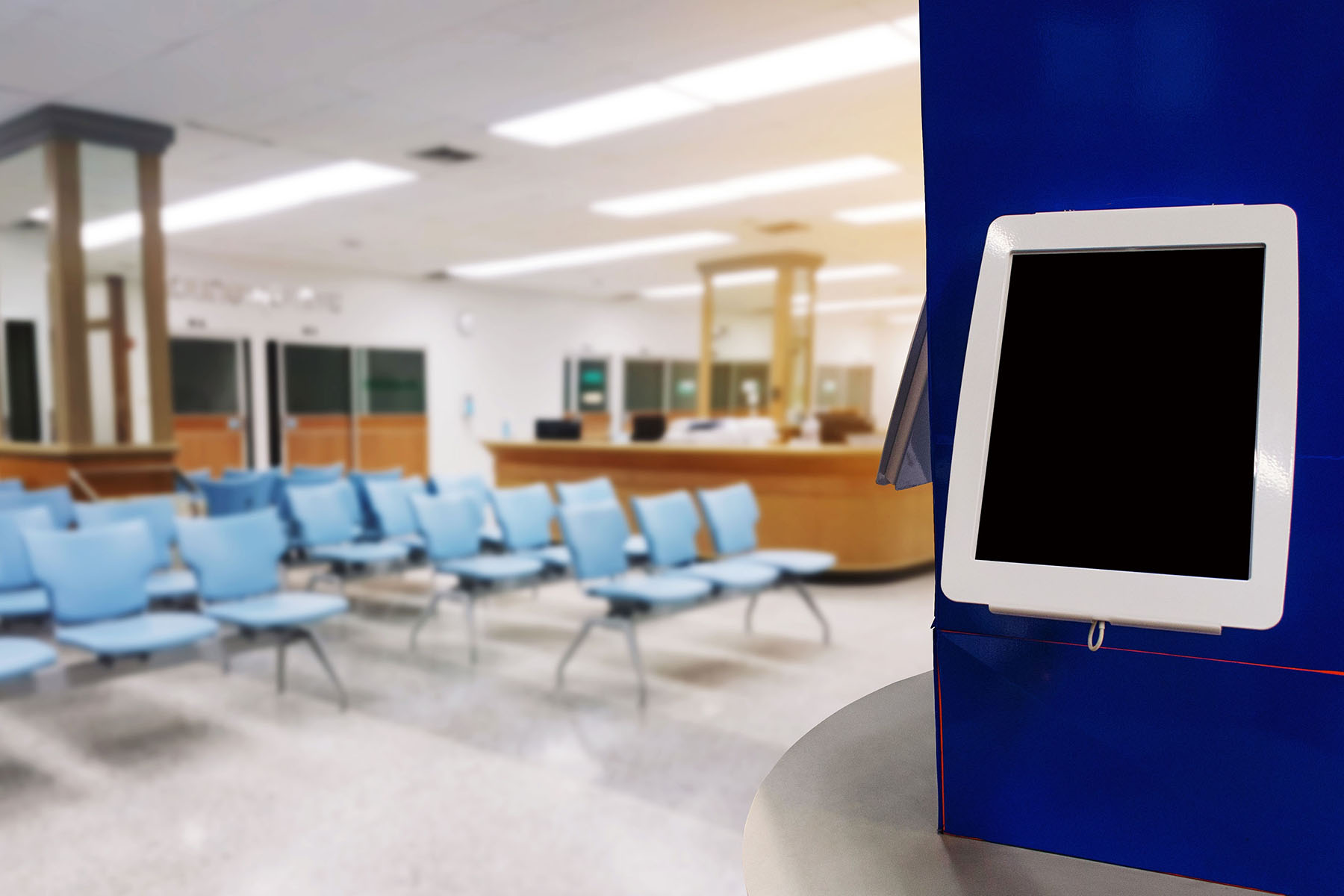The point of care (POC) holds a proximity advantage over many other advertising channels because POC ads are often the last promotional messages patients see before making important care and treatment decisions with their doctor. That timing and proximity give brands a key opportunity to stay top of mind, while also providing patients with health education that empowers them to take an active role in their care.
And new research reveals even more advantages to POC ads, including higher levels of relevancy, patient trust, and engagement—crucial factors for converting patients to brand.
In two recent surveys conducted on Phreesia’s PatientInsights platform as patients were checking in for their doctors’ appointments, nearly one in five patients (17%) who recalled seeing POC ads said they found them “very helpful.” Mass-media channels scored noticeably lower: Only 13% of surveyed patients said they found print ads very helpful, while 10% felt that way about social media ads, and even lower percentages found television or streaming services ads (9%) or internet ads (7%) very helpful.
That’s not totally surprising, given the sophisticated personalization capabilities of some POC platforms. Today, the right digital vendors can ensure that only clinically relevant patients see media messages, cutting down on wasted engagements and increasing the likelihood that the right patients will find those messages helpful.
POC Ads Spur Action
In addition, 20% of patients said they trusted the information in POC ads, beating out print ads (14%), social media (10%), internet ads (9%), and TV commercials (8%). Patients generally regard their doctor’s office—whether physical or virtual—as a trusted source for medical information, setting up POC advertisers to benefit from a halo effect. Establishing that brand trust is vital for engaging patients, who often are preparing to make major treatment decisions that may affect their quality of life.
Surveyed patients also were much more likely to seek additional information about a brand after seeing a POC ad for it (16%) compared with a print ad (12%), a social media ad (11%), an ad seen while browsing the internet (8%), or a TV or streaming service ad (4%). They also were more likely to ask their doctor about an ad seen at the POC. About 23% reported asking their doctor about medication ads they had seen at the POC in the past six months, compared with 17% of those who had seen print ads, 15% who had seen social media ads, 13% who had seen ads while browsing the internet, and 11% who had seen ads on TV or streaming services.
Together, these figures clearly identify the POC as a key piece of the omnichannel media puzzle and a place to deliver health content that will spur patients to act. Reaching patients at the POC can not only increase the probability that they will trust a brand, pay attention to the information they receive, and follow up to learn more—but also the likelihood that they’ll engage in shared decision-making with their doctor and see improved health outcomes.









